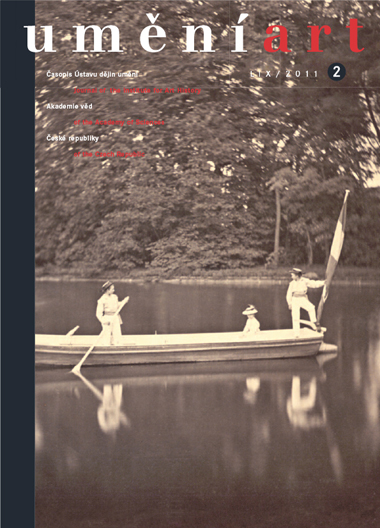Petra Trnková
Fotografové ve službách aristokracie. Vizuální reprezentace buquoyského panství za Jiřího Jana Jindřicha Buquoye v polovině 19. století
This study looks at the work of three photographers who in the 1850s and 1860s systematically photographed the Buquoy estate in Rožmberk nad Vltavou (Rosenberg) and in Nové Hrady (Gratzen). The photographs were commissioned by the main representative of the family, Georg Johann Heinrich Buquoy. The work of all three photographers - Andreas Groll, Paul des Granges, and Franz Polak - not only reflects the specifics of their time and the possibilities open to the photographers and captures the gradual transformation of the architecture on the estate and the surrounding landscape, but also evokes questions about the relationship between the photographer and the estate's owner. This study, based primarily on research on material from the photography collection of the Documentation Department of the Institute of Art History, Czech Academy of Sciences, describes the circumstances in which these photographic collections were created. It also draws attention to the close connection between them and series of paintings from Rožmberk and Nové Hrady published in the past. It also shows how the interpretation of a photograph can be projected onto the existing view of these paintings. It is clear from the material studied that in this respect neither photographs nor even watercolours can be interpreted purely as a historical source or neutral document reporting on a particular situation, whether in the sense of an ideal notion, a realistic approach, the real state of affairs, or capturing the 'past'. One important finding is that it was not unusual for several artists and photographers to find themselves in the service of the estate's owner at the same time, that they often spent a relatively long time at the given location, and that they returned to it more than once. Finally, it is clear that in cases like this the study of painting and photography cannot be separated, nor can the study of depictions of interiors and exteriors, even though at the time interior painting, as was later true too of interior photography, was defined as an independent genre.
Full-text in the Digital Library of the Czech Academy of Sciences:
https://kramerius.lib.cas.cz/uuid/uuid:805ea942-df44-a958-4295-74f65431eaa1
< back

